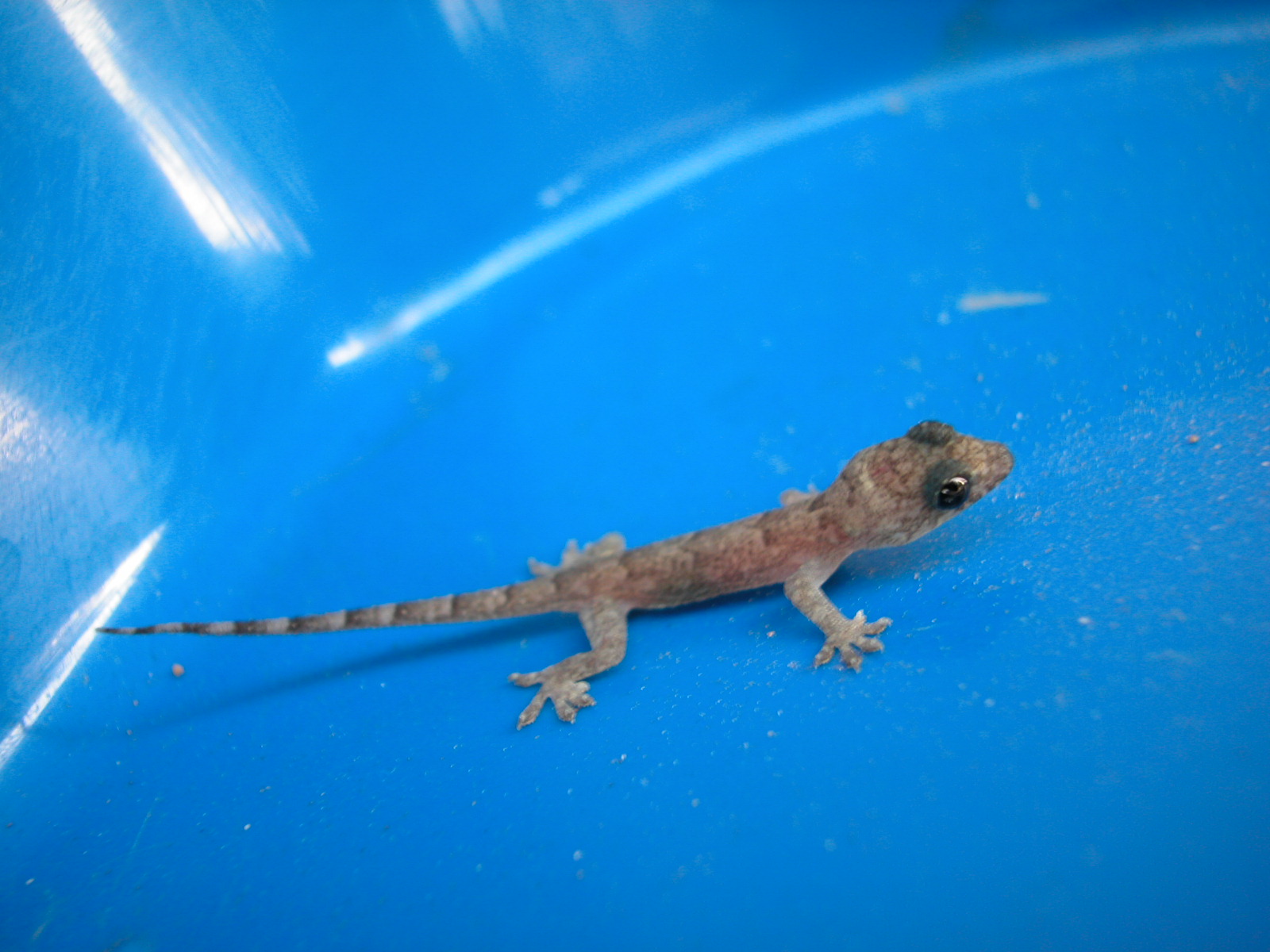
About Me
 Toddlers are often on the move, but may still like to be carried from time to time. Good carriers may help protect your back with good ergonomic support and padding. Your little one was carried for 9 long months in the womb. While that may sometimes have been a challenge for the person doing the carrying, your baby was likely pretty happy with their cozy digs.
Toddlers are often on the move, but may still like to be carried from time to time. Good carriers may help protect your back with good ergonomic support and padding. Your little one was carried for 9 long months in the womb. While that may sometimes have been a challenge for the person doing the carrying, your baby was likely pretty happy with their cozy digs.
Make sure your baby is seated properly to support the head, neck, and hips. Your baby’s knees should be held higher than his bottom in an "M" position. Unlike most wraps, which are one-size-fits-all, the Baby K’tan is available in sizes XXS to XL.
Tighten up the bottom rail of the first tail end — this will be the part closest to your neck. Bring it around your back to your baby’s bottom and hold it together with the second tail end. We’ve covered a lot about stretchy wraps so far, but you still might have some questions. Here are the answers to some of the most frequently asked questions when it comes to stretchy wraps. Take the opposite tail end and hold it out. It should be flat with the bottom section of the wrap pointing up.
If you’re more of a high peaks kind of adventurer, though, you might want to invest in a structured hiking pack for making trips more comfortable. While baby wearing may seem trendy, it’s actually been practiced for thousands of years. These days, there are a number of baby carriers on the market — indeed, it can be overwhelming if you’re not familiar with all the styles and terms. Trying out new carries is fun, and you might be anxious to start placing your baby in a carry that is not on your front. I completely understand the desire, but you want to make sure your baby is ready before you put them in either a back or hip carry position.
Pull the top of the pouch, or hammock, your baby is sitting in to make sure it is snug. Then pull on the top rail of the first tail end — this will be the piece closest to your shoulder — to tighten the pouch. Make sure to pull it at your shoulder and not at the end hanging over your back. Just like when you use a stretchy wrap, you want the process of putting your baby into their wrap to be slow and smooth. You can then lift up your baby into a higher position and pull on the straps to make your wrap tighter around your body. Do the same with the outer piece of the cross pass, again make sure it supports your baby from knee to knee.
Before birth, the lungs are not used to exchange oxygen and carbon dioxide, and need less blood supply. The fetal circulation sends most of the blood supply away from the lungs through special connections in the heart and the large blood vessels. When a baby starts to breathe air at birth, the change in pressure in the lungs helps close the fetal connections and redirect the blood flow. Now blood is pumped to the lungs to help with the exchange of oxygen and carbon dioxide. Some babies have too much fluid in their lungs.
To be sold and marketed, baby carriers must meet certain safety criteria set forth by the U.S. Consumer Product Safety Commission and other organizations. Pregnancy does not mean you have to stop wearing your baby in your wrap. Babywearing can actually make pregnancy easier since it allows you to carry your older child in a way that distributes their weight and keeps your hands free. Many plus-size moms find that size 7 works great as a base size and some manufacturers make extra-large sizes as well if you want to do longer carries. If searching out an extra-long wrap is not your idea of fun, don’t worry, there are a lot of carries that can be done with shorter wraps.
Please inspect all wallpaper/decal orders upon arrival. Defective, misaligned or incorrect wallpaper/decal orders must be reported to us within 10 business days of arrival. Damaged/defective/misaligned wallpaper/decals will be replaced, not refunded. If an item is damaged during shipping or appears to be defective, please notify us immediately at Any return details listed on individual product listings override the return policy listed here.
Then bring it up to the other tail end. Now all of both of the tail ends should be gathered together in at your front. Tug on the ends to tighten them, then make a pouch with the center area. Don’t make the pouch too big — just enough to hold your baby diapers.
Location
Occupation
